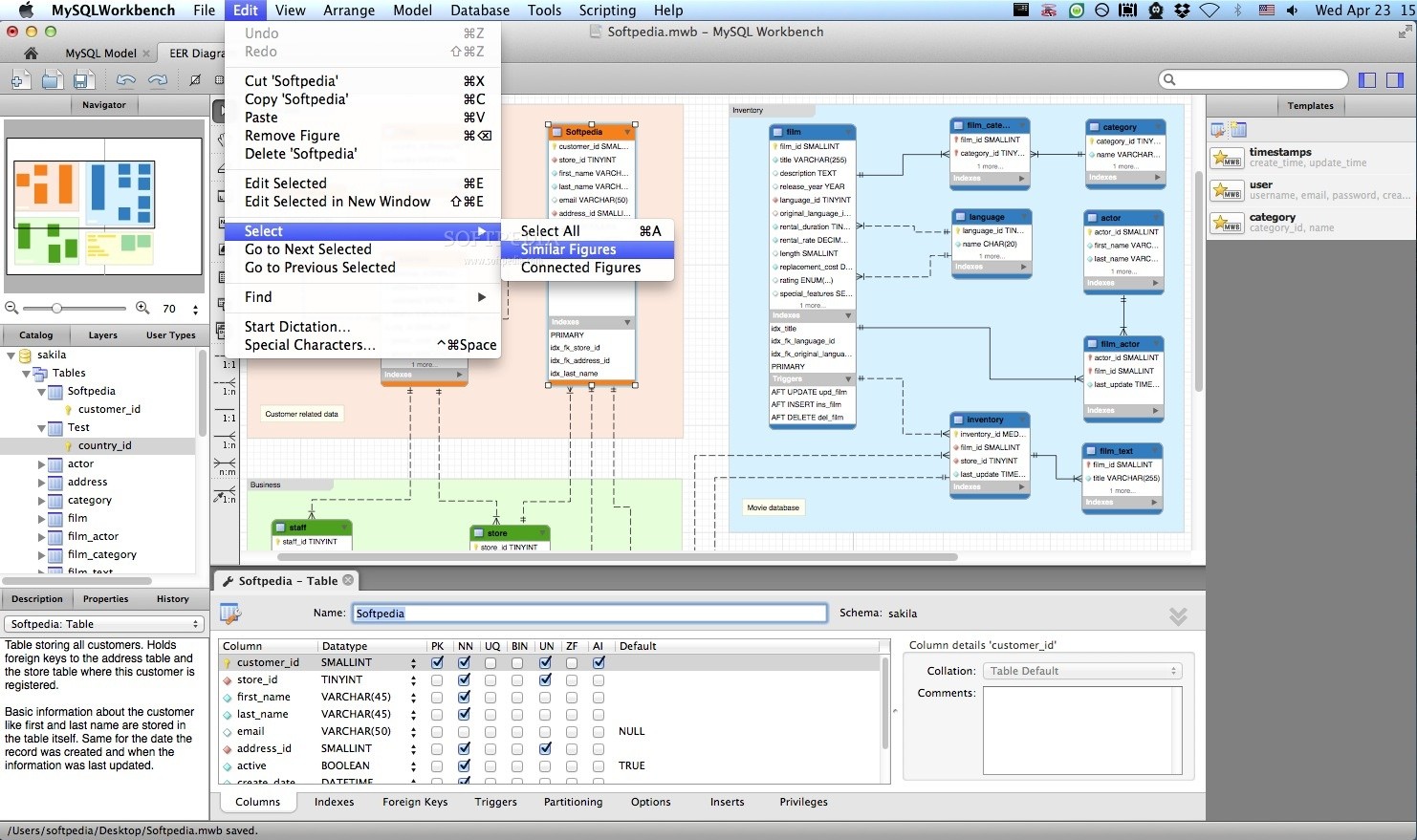The evolution of mobile technology didn’t happen overnight. Revolutionary prototype phones paved the way for today’s smartphones, introducing concepts that seemed like science fiction but became everyday reality.
🔬 The Dawn of Mobile Innovation: When Prototypes Changed Everything
Long before sleek smartphones dominated our pockets, visionary engineers and designers were busy creating prototype devices that challenged conventional thinking. These experimental phones weren’t meant for mass production—they were laboratories on circuit boards, testing grounds for radical ideas that would eventually reshape how humanity communicates.
Prototype phones have always occupied a fascinating space in technology history. They represent the bridge between imagination and implementation, where companies invest millions to answer a simple question: “What if?” These devices often featured impractical designs, questionable ergonomics, and technologies too expensive or immature for commercial release. Yet their influence echoes through every smartphone we use today.
Understanding these pioneering devices helps us appreciate the innovation cycles that brought us from brick-sized communicators to pocket-sized supercomputers. More importantly, examining yesterday’s prototypes offers clues about tomorrow’s breakthroughs.
📱 IBM Simon: The Grandfather of Smartphones
In 1992, IBM unveiled a prototype that would fundamentally alter mobile communication’s trajectory. The IBM Simon Personal Communicator combined a mobile phone with PDA functionality, creating what many consider the first true smartphone—though that term wouldn’t be coined for years.
The Simon prototype featured a touchscreen interface operated with a stylus, email capabilities, a calendar, address book, calculator, and even a sketch pad. At over half a pound and measuring 8 inches tall, it was hardly pocket-friendly. The commercial version launched in 1994 cost $899 with a service contract—approximately $1,800 in today’s money.
Despite selling only 50,000 units before discontinuation, the Simon established critical precedents. It proved consumers wanted devices that did more than make calls. It demonstrated that touchscreens could replace physical keyboards. Most importantly, it showed that converging multiple technologies into one device created value greater than the sum of its parts.
Why the Simon Matters Today
Modern smartphones owe their conceptual DNA to IBM’s bold experiment. Every app you download, every touch gesture you perform, every email you check on your phone traces back to ideas the Simon pioneered. The device failed commercially but succeeded monumentally as a proof of concept that inspired generations of designers.
🎮 Nokia N-Gage: Gaming Meets Communication
In 2003, Nokia attempted something audacious with the N-Gage prototype development: creating a hybrid gaming console and mobile phone. The idea seemed brilliant on paper—portable gaming was booming with devices like the Game Boy Advance, so why not add phone capabilities?
The N-Gage featured a landscape orientation, dedicated gaming controls, and the ability to play multiplayer games online via cellular networks. Nokia partnered with major game publishers to create exclusive titles, betting that convergence would attract both gamers and phone users.
The commercial product stumbled badly. Its awkward “side-talking” design became an internet meme. Game cartridge switching required removing the battery. Despite these failures, the N-Gage prototype phase explored concepts that would resurface years later.
Today’s mobile gaming industry generates over $90 billion annually. Smartphones have become the dominant gaming platform, precisely what Nokia envisioned. The N-Gage was simply too early, with technology that couldn’t yet deliver the seamless experience users expected. Its legacy lives on in every gaming app downloaded today.
🖼️ Kyocera Visual Phone VP-210: The First Camera Phone Vision
Long before selfies became a global phenomenon, Kyocera’s engineers in Japan were prototyping the VP-210, which would become the world’s first commercial camera phone in 1999. This revolutionary device featured a front-facing 0.11-megapixel camera—primitive by modern standards but groundbreaking at the time.
The prototype phase explored crucial questions: Where should the camera be positioned? How would users want to use phone cameras? What quality level would be acceptable? The VP-210’s front camera placement prioritized video calls, predicting the importance of face-to-face communication that Skype, FaceTime, and Zoom would later capitalize on.
Within years, camera phones evolved from curiosity to necessity. By 2003, camera phones outsold standalone digital cameras. Today, smartphone photography has nearly eliminated the consumer camera market, validating Kyocera’s early vision that converging these technologies made practical sense.
The Cultural Revolution Camera Phones Enabled
The prototype camera phones did more than add features—they fundamentally changed human behavior. They enabled citizen journalism, created social media as we know it, and made visual communication instantaneous and universal. Instagram, Snapchat, and TikTok exist because engineers experimented with adding cameras to phones decades ago.
⚡ Motorola RAZR Concept: Form Factor Innovation
Before the RAZR became Motorola’s bestselling phone with over 130 million units sold, it existed as a controversial prototype that many executives wanted to kill. The ultra-thin clamshell design required engineering breakthroughs in miniaturization, materials science, and manufacturing techniques.
Prototype development began in 2000, with teams exploring how thin a phone could realistically become without sacrificing functionality. They experimented with chemically etched keypads, internal antennas, and ultra-compact components. The project cost over $200 million—an enormous bet on aesthetics at a time when phones were getting bulkier to accommodate larger screens and batteries.
The RAZR proved that design could be a primary selling point for mobile devices. It demonstrated that consumers would pay premium prices for elegance and style, not just features. This insight directly influenced Apple’s approach to iPhone design and established industrial design as crucial to mobile device success.
🔮 Prototype Technologies That Became Standard Features
Examining prototype phones reveals a pattern: today’s standard features were yesterday’s experimental luxuries. Technologies that seemed impractical or unnecessary during prototype phases often became indispensable once refined.
- Touchscreens: Early resistive touchscreens were frustrating and imprecise, requiring styluses and firm pressure. Capacitive multi-touch technology transformed them into intuitive interfaces.
- GPS Navigation: Prototype GPS phones were bulky with poor satellite acquisition. Now location services power everything from ride-sharing to augmented reality games.
- Mobile Internet: Early WAP browsers offered painfully slow, text-only experiences. Today’s 5G connections stream 4K video effortlessly.
- Biometric Security: Fingerprint sensors and facial recognition seemed like spy movie gadgets in prototype phases. Now they’re expected security features.
- Wireless Charging: Experimental inductive charging was inefficient and impractical. Modern Qi charging is convenient and increasingly common.
🧪 The General Magic Prototype: Predicting the App Ecosystem
One of technology’s most influential yet forgotten prototypes came from General Magic, a company spun out of Apple in 1990. Their handheld communicator prototypes envisioned an ecosystem remarkably similar to modern app stores, complete with downloadable software, cloud services, and even emoji-like pictographs.
The Magic Cap operating system powered devices like the Sony Magic Link and Motorola Envoy. These prototypes featured touchscreens, email, e-commerce capabilities, and a graphical interface with virtual rooms representing different functions. Users could download additional software to expand functionality—essentially apps before that term existed.
General Magic failed commercially, closing in 2002. However, its alumni went on to create Android, the iPhone, eBay, and numerous other transformative technologies. The company’s prototypes proved that software ecosystems and downloadable applications would define mobile computing’s future.
The Vision That Was Too Early
General Magic’s failure illustrates a crucial truth about prototype development: timing matters as much as innovation. The late 1990s lacked the wireless infrastructure, component miniaturization, and consumer readiness for their vision. A decade later, the iPhone would succeed with remarkably similar concepts executed when technology and culture had evolved enough to embrace them.
🌐 Palm Pilot Prototypes: Redefining Mobile Computing
Jeff Hawkins developed Palm Pilot prototypes using a wooden block carved to the perfect size, testing whether people would carry such a device. This low-tech prototyping approach helped Palm create the most successful PDA platform, selling over 30 million devices.
Palm’s prototypes pioneered handwriting recognition with Graffiti, instant-on functionality, and simple synchronization with desktop computers. The company understood that mobile devices needed different interaction paradigms than desktop computers—a lesson many competitors learned the hard way.
Though Palm ultimately failed to transition successfully to smartphones, its prototyping philosophy influenced device development industry-wide. The emphasis on simplicity, responsive interfaces, and thoughtful design constraints shaped how companies approach mobile product development today.
🔬 Research Prototypes That Explored Failed Concepts
Not every prototype idea succeeded, and studying failures provides valuable lessons. Some concepts seemed promising but proved fundamentally flawed once tested with real users.
Dual-screen phones appeared regularly in prototypes throughout the 2000s, but mainstream success remained elusive until foldable screen technology matured. Modular phones that let users swap components seemed logical but created more problems than they solved. Projector phones that could display content on walls suffered from brightness limitations and impractical battery demands.
These failures weren’t wasted effort. Each prototype taught designers what users actually needed versus what sounded impressive in concept. The iterative process of testing, failing, and refining drives innovation forward even when individual prototypes don’t reach production.
⏭️ How Yesterday’s Prototypes Predict Tomorrow’s Phones
Current prototype development offers glimpses of mobile technology’s future. Foldable screens that seemed impossible five years ago are now reaching consumers. Augmented reality features prototyped on devices like Google Glass are being refined for everyday use. Under-display cameras, holographic displays, and advanced AI assistants are moving from research labs toward commercial viability.
Understanding prototype development cycles helps predict which experimental features will become mainstream. Technologies typically need 5-10 years from initial prototypes to mass adoption. Features appearing in research prototypes today will likely define flagship phones by 2030.
The Prototype-to-Product Pipeline
Modern phone development follows a predictable pattern. Research prototypes explore radical concepts without commercial constraints. Functional prototypes refine promising ideas, addressing practical limitations. Alpha prototypes test manufacturing feasibility. Beta prototypes undergo user testing. Finally, commercial products bring refined concepts to market.
This pipeline means today’s bleeding-edge research prototypes offer remarkably accurate predictions of tomorrow’s standard features, if you know how to read the signals.
💡 Lessons From Prototype Failures and Successes
Decades of prototype phone development reveal consistent patterns about what drives innovation success. Features that solve genuine user problems succeed even if initially imperfect. Technologies that prioritize novelty over utility typically fail regardless of engineering brilliance.
The most successful prototypes balanced vision with pragmatism. They pushed boundaries while remaining grounded in real-world constraints. They anticipated user needs that people couldn’t articulate, creating demand rather than just responding to it.
Failed prototypes often suffered from being too early, too expensive, or too complex. They solved problems users didn’t have or created new problems that outweighed their benefits. Successful prototypes made technology more accessible, more intuitive, or more capable in ways that immediately resonated.
🚀 The Continuing Importance of Prototype Innovation
Prototype development remains crucial even as smartphones have matured. Today’s engineers are exploring brain-computer interfaces, advanced health sensors, satellite connectivity, and computational photography innovations that seem like magic.
Companies invest billions in prototype development because it’s how breakthroughs happen. Prototypes allow controlled experimentation with high-risk ideas. They let companies test consumer reactions before massive manufacturing investments. They enable parallel exploration of multiple solutions to the same problem.
The revolutionary prototype phones of previous decades weren’t just interesting historical artifacts—they were necessary steps in mobile technology’s evolution. Each prototype, whether successful or failed, contributed knowledge that informed subsequent development.
🎯 Why Understanding Prototype History Matters
Studying prototype phones provides more than nostalgia or historical curiosity. It reveals the innovation process itself—how ideas emerge, evolve, fail, and occasionally succeed beyond anyone’s expectations. It demonstrates that revolutionary technologies rarely arrive fully formed but instead result from iterative refinement across years or decades.
This historical perspective helps us evaluate current prototype technologies more intelligently. When companies demonstrate experimental features, understanding past patterns helps distinguish genuine breakthroughs from temporary gimmicks. It provides context for why certain features take years to reach consumers even after impressive demonstrations.
Most importantly, prototype history reminds us that today’s impossible becomes tomorrow’s ordinary through persistent experimentation. The smartphones we take for granted resulted from countless engineers who prototyped, tested, failed, learned, and tried again. Their revolutionary prototypes didn’t just foreshadow tomorrow’s innovations—they created them.
The next time you effortlessly tap your smartphone’s screen, snap a photo, or download an app, remember you’re experiencing technologies that once existed only as crude prototypes in research labs. You’re living in the future that visionary engineers prototyped decades ago, and the prototypes being developed today are building the future your children will inhabit. Revolutionary prototype phones continue pioneering technologies that will seem obvious in hindsight but require courage and creativity to pursue today. 📱✨
Toni Santos is a visual historian and creative artisan whose work channels the bold spirit of the steam-powered era—a time when imagination, mechanics, and ambition converged to reshape the modern world. Through richly detailed visual narratives and handcrafted design, Toni celebrates the legacy of steam innovation as both an artistic and technological revolution.
Driven by a passion for mechanical aesthetics, forgotten inventions, and industrial-age ingenuity, Toni reimagines the world of steam through illustrations, tactile artifacts, and storytelling that capture the poetry of pressure, motion, and invention. From piston-driven engines to brass-detailed diagrams, each piece reveals how steam wasn’t just power—it was promise.
With a background in visual design and historical research, Toni brings a craftsman’s eye and a dreamer’s heart to the stories of tinkerers, inventors, and visionaries who shaped the 19th century. His work doesn’t merely document machines—it honors the culture, courage, and creativity that drove a world to reimagine itself through gears, valves, and vapor.
As the creative voice behind Vizovex, Toni shares curated articles, reconstructed blueprints, and visual interpretations that bring this industrial past to life. His collections serve as a tribute to:
The elegance of steam-era design and innovation
The human stories behind great mechanical feats
The aesthetic beauty found in function and form
The echo of invention in today’s creative world
Whether you’re a history lover, a fan of steampunk, or an admirer of antique technology, Toni welcomes you into a world where art and machinery fuse, one cog, one drawing, one rediscovered marvel at a time.





